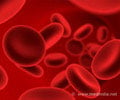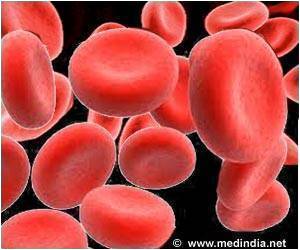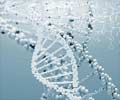
To make this discovery, Blau and colleagues, including Andrea Banfi (now at Basel University), introduced the genes for PDGF-BB and VEGF into the muscles of mice, either independently or together. When high doses of VEGF alone were produced, they caused the growth of vascular tumors. When the two factors were produced in unbalanced amounts, tumor growth also occurred. When VEGF and PDGF were delivered in a fixed ratio relative to one another, however, no tumors occurred, and blood flow was restored to ischemic muscle tissue and damage repaired without any toxic effects. To achieve a "balanced" delivery of PDGF-BB and VEGF, scientists placed both genes in a single gene therapy delivery mechanism, called a "vector."
Although the report shows the feasibility of growing robust and safe new blood vessels that restore blood flow to diseased tissues, Blau points out that "there are multiple challenges to correcting peripheral vasculature disease by using proangiogenic gene therapy strategies. Two important challenges are what to deliver and how to get it to where it can have beneficial effects. Clinical success will require both delivering a gene therapy construct that encodes for effective angiogenic factors and ensuring that the sites of delivery are where the construct can have the greatest clinical benefit."
"This ingenious work, based on the latest techniques of molecular biology, tells us that it is possible to reinvigorate parts of our body that can't get enough blood to keep them going," said Gerald Weissmann, M.D., Editor-in-Chief of the FASEB Journal. "The next question is whether this approach will work in humans and exactly how to deliver the new treatment to places that need it the most."
Source-Eurekalert














